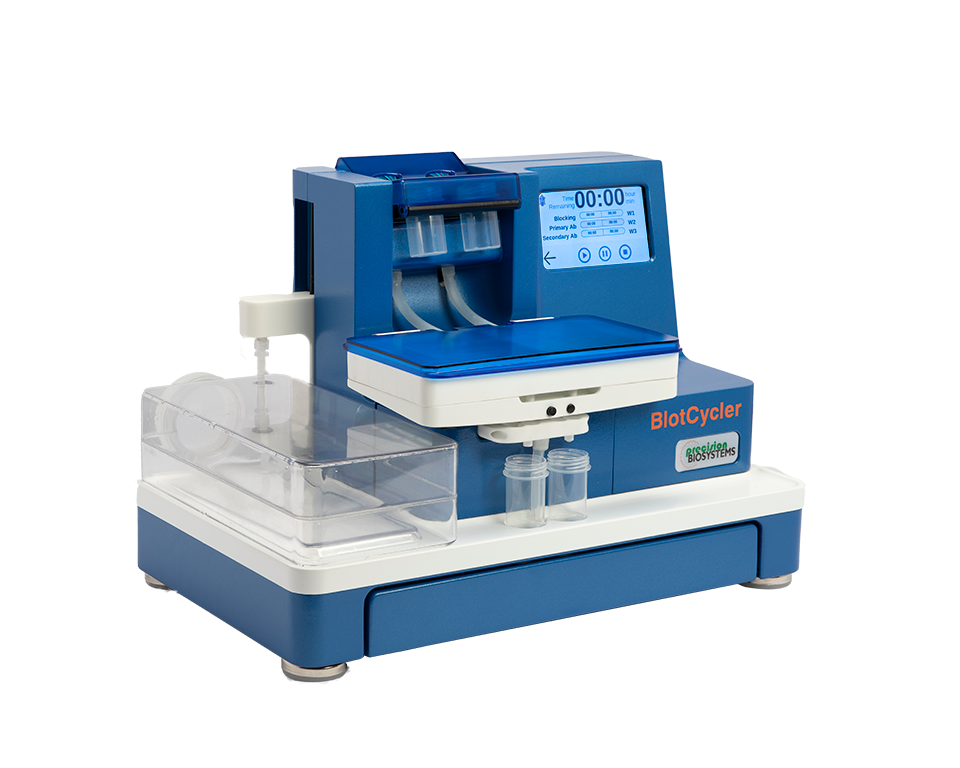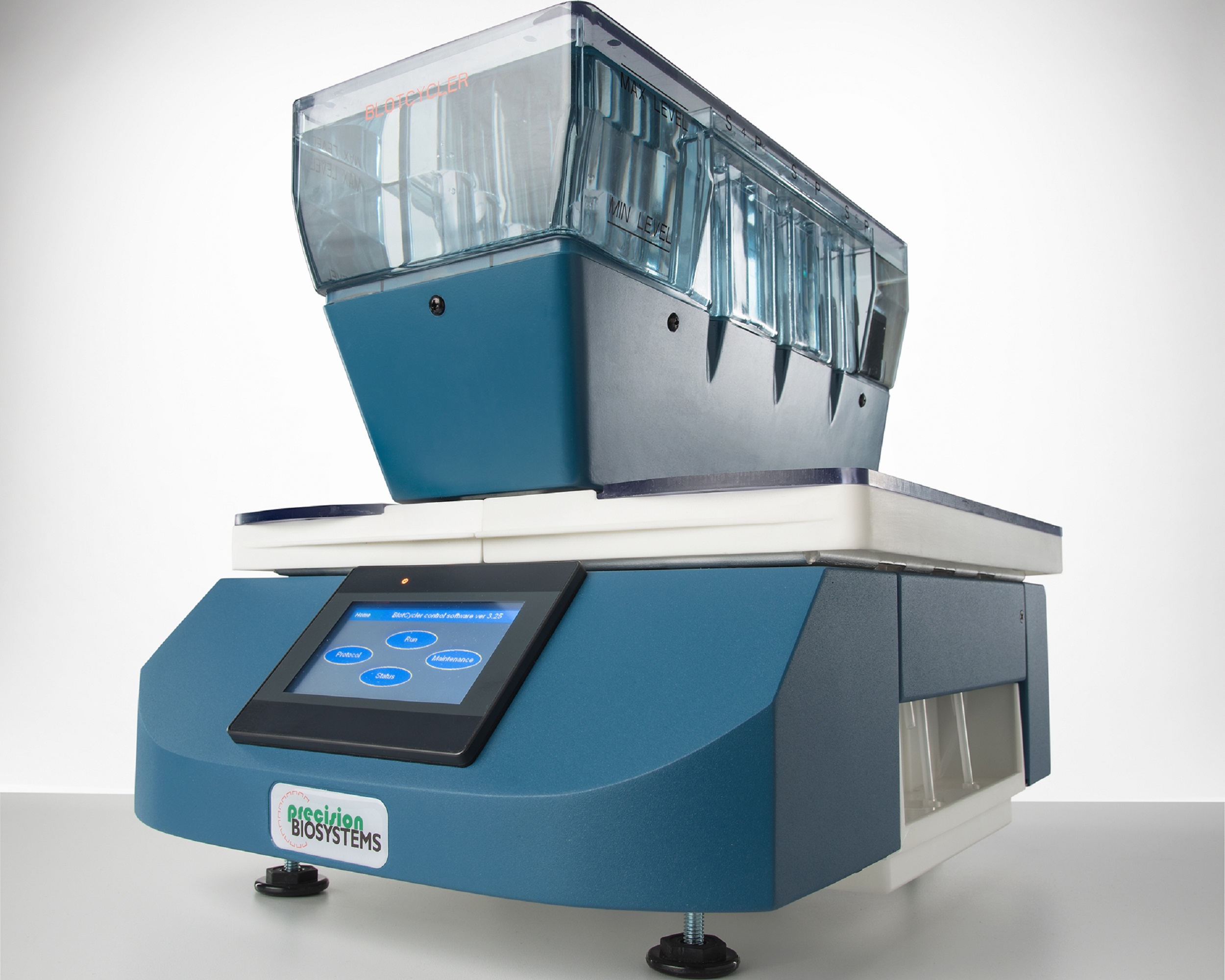TransFix® - Circulating Tumour Cell Stabilisation

Stabilisation of Circulating Tumour Cells in TransFix Treated Blood Samples
Circulating tumour cells (CTCs) are cells from the primary tumour which have invaded and moved through the walls of nearby blood vessels and circulate in the blood stream. These circulating tumour cells can invade the walls of the capillaries at a distant location and migrate into the surrounding tissue which can result in the formation and growth of secondary tumours; a process called metastasis. It is critical to monitor cancer progression throughout diagnosis, treatment and post-treatment in order to detect and prevent metastasis caused by migrating tumour cells.
Tissue biopsies are poor diagnostic procedures – they are invasive, cannot be used repeatedly, and only provide a representation of the organ of interest. The detection of circulating tumour cells in blood is considered a “liquid biopsy” revealing metastasis and providing live information about the patient’s disease status. CTC’s can be isolated from blood samples enabling repeat samples to be collected over time.
Features of TransFix®
TransFix has been used for the stabilisation of circulating tumour cells in blood samples. Stabilised circulating tumour cells have then been isolated by novel filtration systems, and analysed by methods such as immunostaining and fluorescence scanning microscopy (case study 1), or multiplex immunoassays (case study 2).
The number of rare circulating tumour cell populations present in patient blood is very low, therefore the usefulness of CTC assessments depends upon accurate cell counts and the corresponding analysis of molecular targets. Blood samples older than 48 hours are no longer suitable for examination. Addition of TransFix to blood samples at the time of collection has been shown to significantly extend the integrity of CTC’s within the samples.
Benefits of TransFix®
TransFix stabilisation has enabled enumeration of CTCs in metastatic breast and lung cancer patients at mean levels as low 0.41 CTC/mL and 0.04 CTC/mL respectively (see case study 2). This demonstrated that TransFix:
• Stabilised in a manner that preserved CTC integrity.
• Stabilised sufficiently so that CTCs could be analysed by immunostaining and microscopy or immunoassay.
• Stabilised efficiently so that even in varying concentrations, they were detected.
By using TransFix in combination with novel filtration systems, circulating tumour cells could provide a new prognostic tool for patients with metastatic cancer.
Product Information
| Product Code | Description | Quantity |
|---|---|---|
| CTC-TVT-09-2 | Circulating Tumour Cell TransFix/EDTA Vacuum Blood Collection Tubes | 2 x 9ml tubes |
| CTC-TVT-09-50 | Circulating Tumour Cell TransFix/EDTA Vacuum Blood Collection Tubes | 50 9ml tubes |
Case Studies
Case Study 1: Assessment of circulating tumor cells with a novel, filtration-based method, in a phase IIIb multicenter study for postmenopausal, HER2- negative, estrogen receptor-positive, advanced breast cancer patients.
TransFix stabilised blood samples were used for Circulating Tumour Cell (CTC) analysis in an independent study analysing 111 patients with a type of metastatic breast cancer. In the publication (Fasching, et al, ASCO Meeting Abstracts Jun 17, 2013:591) showed that it was possible to identify 75 patients with circulating tumour cells from blood samples treated with TransFix/EDTA. After stabilisation, circulating tumour cells were captured by a novel filtration system and then immunostained for analysis on a fluorescence scanning microscope.
Reference: Fasching et al., ASCO Meeting Abstracts Jun 17, 2013:591
* Cytomark has not verified these findings and we recommend that internal validation of the product must be completed by the end user before considering use of the products in a clinical setting.
Case Study 2: A Novel Strategy for Detection and Enumeration of Circulating Rare Cell Populations in Metastatic Cancer Patients Using Automated Microfluidic Filtration and Multiplex Immunoassay
In this study, the performance of a novel approach for detection and enumeration of multiple rare cell populations was evaluated in the blood of metastatic breast and lung cancer patients using an automated microfluidic filtration and multiplex immunoassay strategy. Different circulating rare cell populations were detected and enumerated, including circulating tumour cells (CTCs), circulating mesenchymal cells (CMCs), circulating endothelial cells (CECs), and putative circulating stem cells (CSCs). Simultaneous assessment of CTCs, CMCs, CSCs and CECs may provide new tools to study mechanisms of disease progression and treatment response/resistance.
The highly controlled filtration process and the multi-step staining parameters were optimised to minimise the detection of false positives in healthy donor blood. Use of TransFix®, along with controlled shipping and storage conditions contributed to the high rate of reportable results (98%).
Reference: Magbanua, et al. PLoS ONE 10(10): e0141166
* Cytomark has not verified these findings and we recommend that internal validation of the product must be completed by the end user before considering use of the products in a clinical setting.





